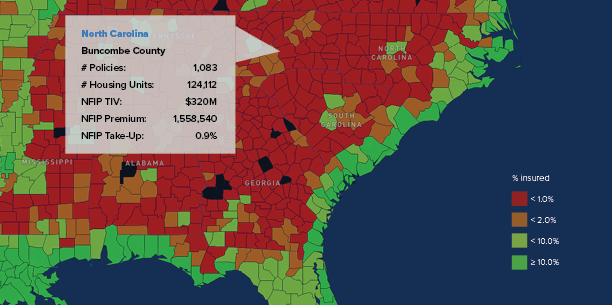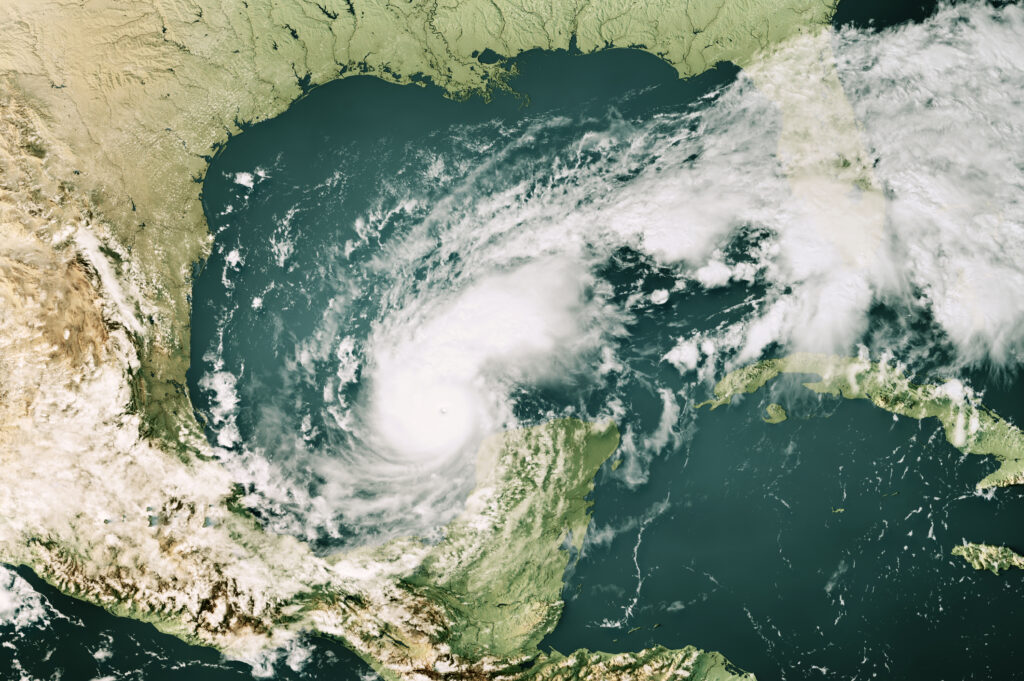
California’s Department of Insurance last week posted long-awaited rules that remove obstacles to profitably underwriting coverage in the wildfire-prone state. Among other things, the new rules eliminate outdated restrictions on use of catastrophe models in setting premium rates.
The measure also extends language related to catastrophe modeling to “nature-based flood risk reduction.” In the original text, “the only examples provided of the kinds of risk mitigation measures that would have to be considered in this context involved wildfire. However, because the proposed regulations also permit catastrophe modeling with respect to flood lines, it was appropriate to add language to this subdivision relating to flood mitigation.”
The relevant language applies “generally to catastrophe modeling used for purposes of projecting annual loss,” according to documents provided by the state Department of Insurance.
Benefits for policyholders
As a result, the department said in a press release, “Homeowners and businesses will see greater availability, market stability, and recognition for wildfire safety through use of catastrophe modeling.”
For the past 30 years, California regulations – specifically, Proposition 103 – have required insurance companies to apply a catastrophe factor to insurance rates based on historical wildfire losses. In a dynamically changing risk environment, historical data alone is not sufficient for determining fair, accurate insurance premiums. According to Cal Fire, five of the largest wildfires in the state’s history have occurred since 2017.
The state’s evolving risk profile, combined with the underwriting and pricing constraints imposed by Proposition 103, has led to rising premium rates and, in some cases, insurers deciding to limit or reduce their business in the state.
With fewer private insurance options available, more Californians have been resorting to the state’s FAIR Plan, which offers less coverage for a higher premium. This isn’t a tenable situation.
“Put simply, increasing the number of policyholders in the FAIR Plan threatens the solvency of insurance companies in the voluntary market,” California Insurance Commissioner Ricardo Lara explained to the State Assembly Committee on Insurance. “If the FAIR Plan experiences a massive loss and cannot pay its claims, by law, insurance companies are on the hook for the unpaid FAIR Plan losses…. This uncertainty is driving insurance companies to further limit coverage to at-risk Californians.”
“Including the use of catastrophe modeling in the rate making process will help stabilize the California insurance market,” said Janet Ruiz, Triple-I’s California-based director of strategic communication. “Homeowners in California will be able to better understand their individual risk and take steps to strengthen their homes.”
The new measure also requires major insurers to increase the writing of comprehensive policies in wildfire-distressed areas equivalent to no less than 85 percent of their statewide market share. Smaller and regional insurance companies must also increase their writing.
Requirements for insurers
It also requires catastrophe models used by insurers to account for mitigation efforts by homeowners, businesses, and communities – something not currently possible under existing outdated regulations today.
Moves like this by state governments – combined with increased availability of more comprehensive and granular data tools to inform underwriting and mitigation investment – will go a long way toward improving resilience and reducing losses.
Learn More:
Triple-I “Trends and Insights” Issues Brief: California’s Risk Crisis
Triple-I “Trends and Insights” Issues Brief: Proposition 103 and California’s Risk Crisis














